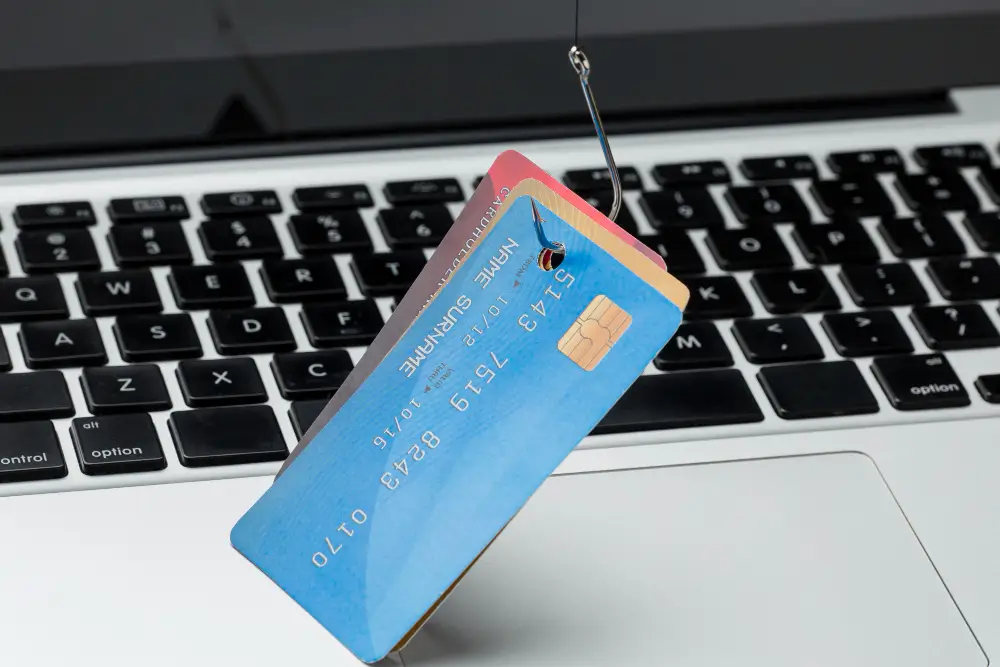
5 Essential Tips for Optimizing Your Network Performance
September 13, 2024
Why Cyber Risk Assessments Are Critical for Modern Enterprises
June 27, 2025How Phishing Attacks Work and How to Protect Your Business
In today’s digital first world, cyber security is more critical than ever. Among the many threats businesses face, phishing attacks remain one of the most common and dangerous forms of cyber-attack. Despite investments in firewalls, antivirus tools, and other security technologies, a single convincing phishing email can slip through and exploit the most vulnerable layer: your people.
In this blog, we’ll break down what phishing is, how it works, and how you can protect your business from becoming the next victim of a cyber security breach.
What is Phishing?
Phishing is a type of social engineering attack designed to trick individuals into revealing sensitive information, such as:
- Login credentials
- Financial data
- Client records
- Access to internal systems
Phishing attacks are most often delivered through email, but can also occur via:
- SMS (smishing)
- Phone calls (vishing)
- Social media messages

Common Types of Phishing Attacks
1. Email Phishing
Mass-distributed emails pretending to be from well-known brands or services. These often include malicious links or attachments to compromise systems.
2. Spear Phishing
Highly targeted attacks that use personalised information to deceive specific individuals, often those with access to sensitive company data.
3. Whaling
Phishing that targets high-level executives or leadership teams. These messages often appear as legal or financial communications.
4. Smishing & Vishing
Attackers use text messages or voice calls to impersonate banks, vendors, or even co-workers, aiming to steal credentials or initiate unauthorised actions.
Real World Example:
Between 2013 and 2015, a hacker impersonated a hardware vendor and defrauded Google and Facebook of more than $100 million through a convincing phishing email.
How to Spot a Phishing Attempt
Training your team to recognise phishing attempts is one of the best cybersecurity practices you can implement.
Watch out for:
- Suspicious or unfamiliar sender addresses
- Urgent or threatening language
- Generic greetings like “Dear User”
- Typos or unusual phrasing
- Unexpected attachments or links
- Mismatched URLs or spoofed domains
How to Protect Your Business from Phishing
Here are essential strategies to defend against phishing and strengthen your company’s overall cyber security posture:
1. Employee Training
Make phishing awareness part of your ongoing training efforts. Use simulated attacks and real-world examples to keep employees alert.
2. Enable Multi Factor Authentication (MFA)
Even if a password is stolen, MFA ensures attackers can’t access your systems without a second verification step.
3. Use Advanced Email Security
Modern spam filters and threat detection tools can stop many phishing emails before they even reach your inbox.
4. Promote Smart Click Behaviour
Foster a cautious culture across your team: “If in doubt, don’t click.” Encourage employees to verify links and attachments.
5. Confirm Requests Through Secondary Channels
For money transfers, password resets, or confidential client information always confirm requests via a phone call or separate communication.
6. Keep Software Updated
Regularly update browsers, operating systems, and applications to patch known vulnerabilities and protect against the latest cyber attacks.

Free Cybersecurity Assessment for Enterprises
Not sure how secure your organisation really is?
We’re offering a FREE Cyber Security Risk Assessment to help businesses like yours!
- Identify vulnerabilities in phishing defences
- Evaluate current email security, MFA, and employee awareness
- Receive expert insights tailored to your business model
Conclusion
Phishing isn’t just an IT issue it’s a full-scale cyber security risk that affects your operations, reputation, and bottom line. The question isn’t if your business will be targeted, but when.
By investing in employee training, deploying layered security solutions, and partnering with cybersecurity professionals, you can protect your people and your profits.
Don’t wait for a cyber attack to take action. Start with a free risk assessment today. One smart move now can prevent one costly click tomorrow.
Empower your team to become your first line of cyber defence
Fill out the form below to get started



